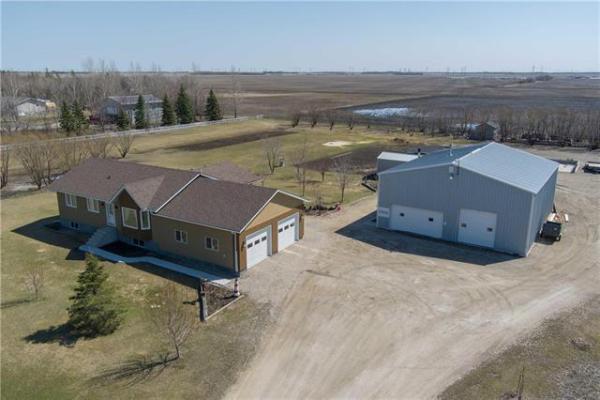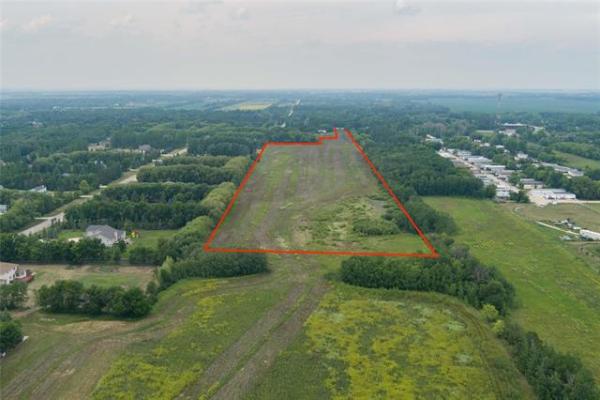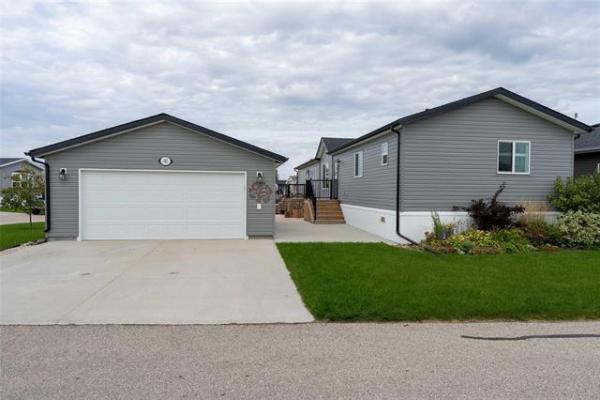Question: We moved into our home last June. I had a garage built and redid the concrete driveway. It was poured in October. We have two sump pumps in our basement and have never had a sump pump in previous houses. One discharged onto the driveway. Originally, it had a flexible and collapsible blue hose, which took the water over the driveway, into a hole in my yard. That setup couldn’t stay, because we would have to drive over it to get to the new garage. The contractor who poured the new driveway told me the solution was super easy. They would run a PVC pipe from the sump-pump drainage exit point, down the house a couple of feet and under the concrete, where it would come out on the other side of the driveway.
We had a nice day when they poured the concrete, then it got cold and snowed. In February, I noticed the concrete had cracked, starting right where the PVC pipe entered the driveway. The crack continued all the way to the other side of the driveway, slightly angled. Another crack branched off the other way, just over halfway across the driveway. They are not hairline cracks. When the snow finally melted and I could see where the pipe came out the other side of the driveway, I saw the pipe wasn’t under the concrete like I thought it was going to be — it was embedded in the concrete.
They do not have anything I can disconnect on the pipe once it gets outside. I have since read it’s crucial to disconnect the pipes in the winter. It comes out 90 degrees downward into the concrete. What should I do about that? Also, would that be the cause of the cracks? I asked a few times if that would have any adverse effects on the concrete and was told it would not — that it would be perfectly fine. But I think it is not perfectly fine. Were these things done incorrectly?
— Lindsay Bzdel
Answer: Installing underground landscaping or sump-pump drains in our climate is just asking for trouble, especially when embedded in a concrete slab on grade. Disconnecting the pipe and installing a removable, flexible sump-pump discharge hose is the correct solution.
Despite decades of knowledge about soil expansion and contraction from changes in moisture and frost issues, some contractors still insist on installing underground pipes for landscaping drainage. The problem with any underground pipes in our area is the extreme potential for movement and freezing. Unless they are installed like proper weeping tile drainage piping, near or below the frost line, they will undoubtedly freeze during the winter. Since most of these drains are barely below grade, they can freeze and thaw several times during a typical year. If they are filled with water at any point in the piping they can heave, expand or even crack from the ice formation.
As we are all taught in grade-school science class, water has the unique property of expanding, rather than contracting, when the temperature drops below freezing. Because of this phenomenon, anything filled with water when it turns to ice will have extreme pressure exerted upon it.
If it is a plastic drain pipe, which is subject to the opposite forces of contraction when it cools, it may crack or break apart. Because your pipe is embedded in the concrete of the driveway it may have additional support to prevent damage from expanding ice, but will also add increasing stress to the new concrete. Compound that with the minimal thickness of concrete poured on top of the pipe, relative to the surrounding slab, and you are certain to get cracks and damage in that exact location.
While the expanding water is a major factor in your cracking driveway, this is also a function of creating a weak section by embedding a hollow pipe inside the concrete. That problem is regularly seen in new-home basement floor slabs, where plumbing drains, weeping tile pipes or other sub-slab pipes are installed. Cracks will regularly show up directly above these pipes simply because the concrete slab is thinner and weaker than the rest of the floor. If there is heaving caused by swelling soil underneath, the concrete will give way and crack in these locations first.
The solution to your problem is to immediately disconnect the sump-pump discharge pipe just after it exits the house. If it is typical ABS piping, a fitting can be glued onto the cut end that will accept a standard, flexible sump-pump discharge pipe. These thin, flexible pipes are inexpensive and should be attached to the fitting with a common pipe clamp as soon as the temperature rises above freezing. The previous problem with the pipe discharging onto the driveway can be avoided simply by moving the flexible hose to different locations in the yard periodically to prevent excessive puddling. If it isn’t long enough, the pipe can be easily extended by buying a second one and an extra fitting and hose clamp. As far as the cracking driveway, contact the concrete installer and give them hell about misleading you and demand they remove the pipe and repair the damaged driveway.
It does appear the driveway installer did err in embedding an underground drain pipe for the sump pump in the concrete. This should immediately be disconnected, abandoned and replaced with a typical, flexible sump-pump discharge hose that can be easily disconnected next autumn, when the freezing temperatures again arrive.
Ari Marantz is the owner of Trained Eye Home Inspection Ltd. and the past president of the Canadian Association of Home & Property Inspectors — Manitoba (cahpi.mb.ca). Questions can be emailed to the address below. Ari can be reached at 204-291-5358 or check out his website at trainedeye.ca.




